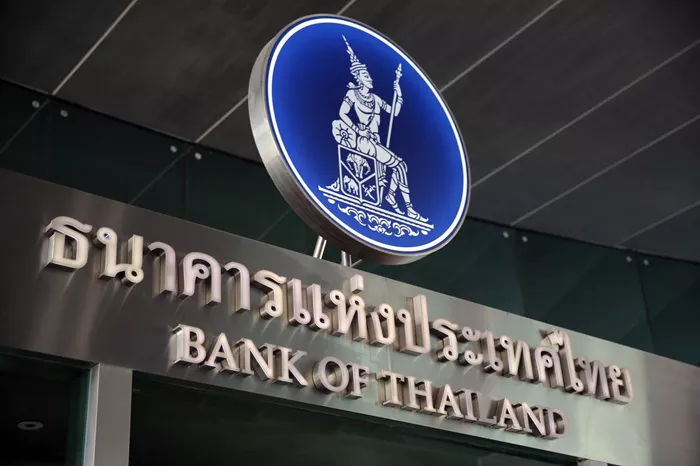At the recent Money20/20 Asia event, the Bank of Thailand (BOT) unveiled a comprehensive strategy aimed at fostering financial inclusion across ASEAN. The strategy, known as the “3 Opens,” focuses on open competition, open infrastructure, and open data, and is intended to ensure that underserved populations in the region can access digital finance opportunities.
Roong Mallikamas, the BOT’s deputy governor, shared the details of this ambitious plan during her keynote presentation titled “From Open Finance to an Inclusive Digital Society.” She emphasized the potential of ASEAN’s growing digital economy, which is expected to exceed $360 billion by 2025, but also highlighted the challenge of financial exclusion that affects a large portion of the population.
According to Roong, more than 60% of adults in some ASEAN countries are unbanked or underbanked, primarily due to a lack of accessible credit data, system interoperability, and transparency. She pointed out that fintech firms, with their agile and data-driven approaches, have a unique opportunity to address these challenges and bridge the gap for underserved populations.
The BOT’s “3 Opens” strategy aims to transform the financial ecosystem in three key ways:
- Open Competition: Encouraging new entrants to foster innovation and expand consumer choice.
- Open Infrastructure: Promoting seamless interoperability for efficient transactions across the financial sector.
- Open Data: Empowering customers to share their financial data securely, enabling personalized financial services.
The strategy draws from Thailand’s own experience with the successful PromptPay system, which initially focused on financial inclusion and stability. Now, the BOT is shifting its emphasis towards increasing competition and efficiency, allowing fintech companies and new players to bring innovation to the financial landscape.
Roong further explained the importance of open infrastructure, noting that the initial restriction on non-bank participation in PromptPay stifled innovation. Moving forward, the BOT aims to increase the role of non-banks to further enhance financial inclusion.
The “Open Data” pillar was also highlighted, with the BOT’s “Your Data” project allowing consumers to control and share their financial information based on consent. This initiative aims to offer tailored financial solutions, especially for SMEs and individuals with limited access to traditional banking services.
The BOT is also preparing to introduce virtual banking licenses and integrate data-sharing into the National Credit Guarantee Agency, which Roong believes will allow banks, fintech firms, and virtual banks to operate efficiently in the evolving digital economy.
Roong emphasized that the success of this initiative will require a collaborative approach. The BOT’s Enhanced Regulatory Sandbox aims to create an agile and accessible environment for fintech innovation, focusing on emerging technologies like programmable payments and escrow payments.
In closing, Roong reaffirmed the BOT’s commitment to building a future-ready, inclusive ASEAN fintech ecosystem, stating that the collaboration between regulators, financial institutions, fintech companies, and communities will be key to unlocking the potential of digital finance for all.
Related Topics:
Indonesia Awards Five Oil and Gas Blocks to Strengthen Reserves

